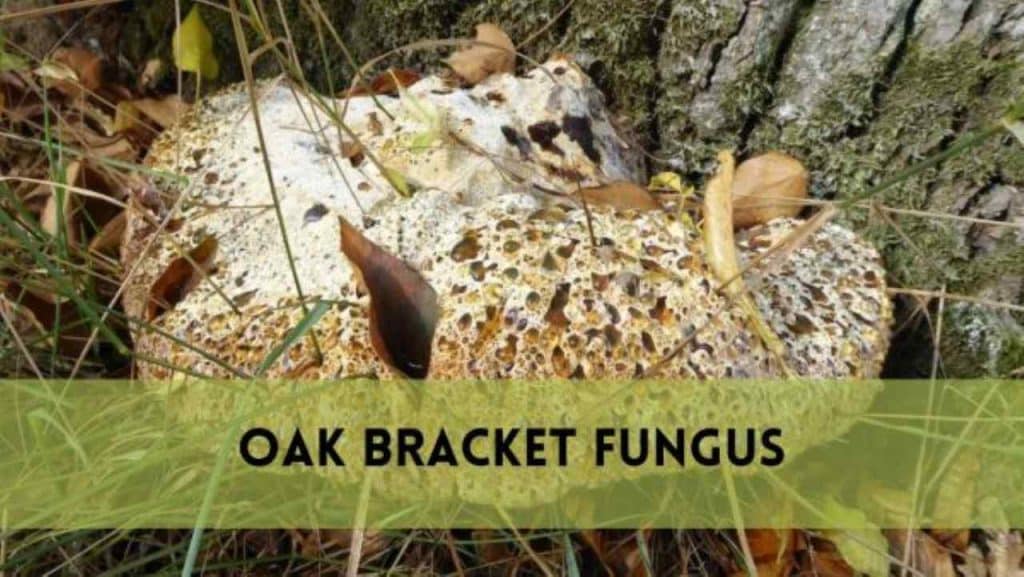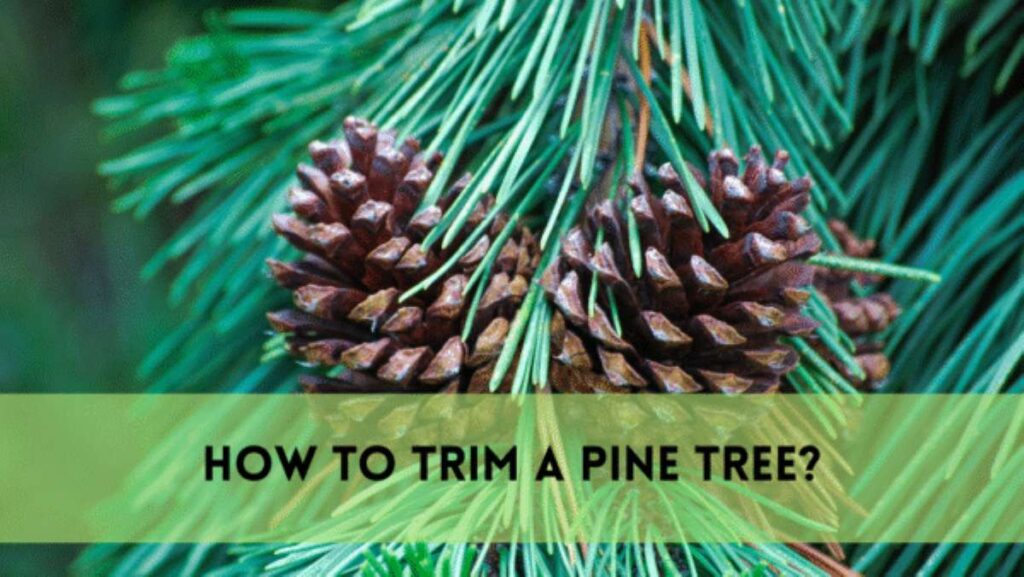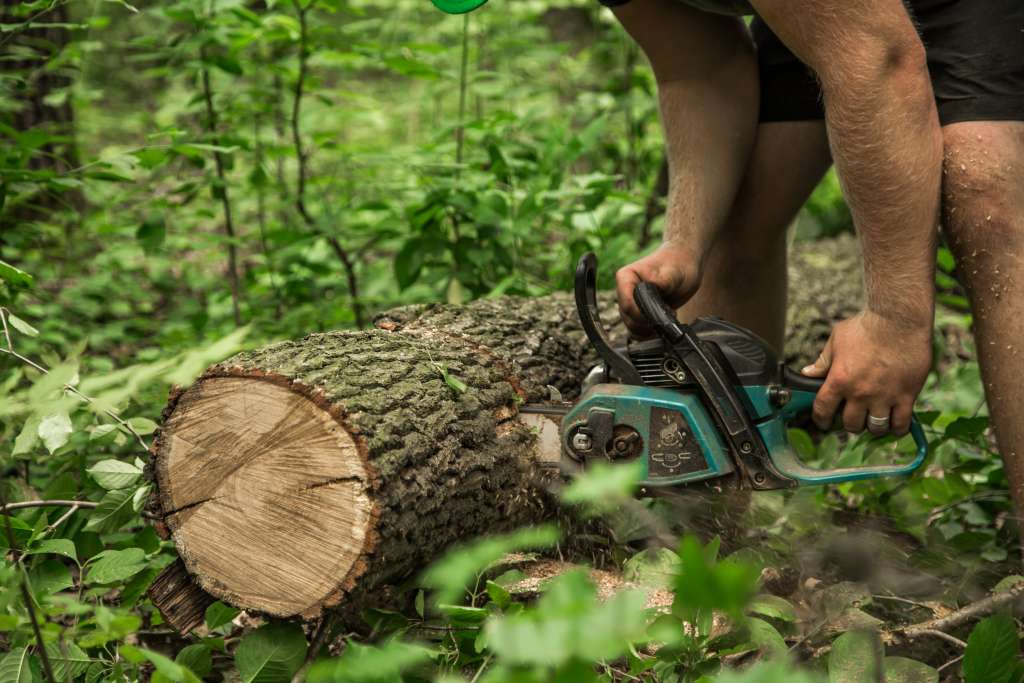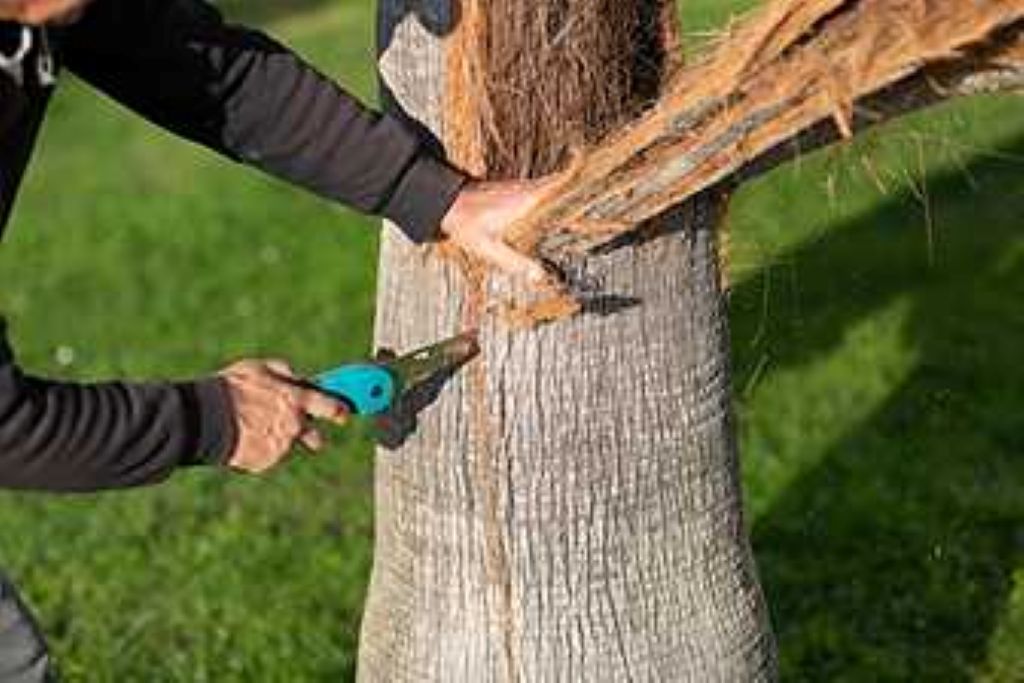Something is enchanting about walking through a forest that’s been around for a long time and finding a magnificent old oak tree with odd shelf-like growing plants. These intriguing structure is the result of the oak bracket fungus that’s one of nature’s best decomposers and an essential part of healthy ecosystems for woodland.
Understanding How to Treat Oak Bracket Fungus
Being part of the polypore family of fungi, these hardy fungi form distinctive fruiting bodies with a shelf shape within the trees’ barks, especially oaks. Contrary to the delicate mushrooms that we see on the forest floor bracket fungi produce strong, woody growths which may last for years. They are specialized in the process of breaking down the hard cellulose and lignin in wood and play a vital part in the process of nutrient cycling.
These are saprophytic organisms, meaning that they consume dead organic matter. They can also serve as weak parasites for live trees that are injured or stressed. Their presence usually indicates that the tree is beginning to decline naturally, even though they are rarely a threat to healthy trees.
Ecological Importance: More Than Meets the Eye
Oak brackets function as nature’s clean-up crew. In decomposing dead and dying wood, they
- Provide essential nutrients in the soil
- Make an area for new plant growth
- Help to maintain soil structure and levels of moisture.
However, their ecological value extends beyond the decomposition process. Fungal fungi produce microhabitats that sustain entire ecosystems of living organisms. Insects dig their way into the wooden structure, while birds such as woodpeckers build nesting cavities, and mammals of all sizes find refuge in the nooks and crevices that are created by the fungal decay.
Identifying Characteristics
The detection of oak bracket fungus is fairly easy once you know the signs to watch for.
- Appears: Semi-circular shelves that protrude from the trunks of trees
- Texture: Hard and woody, not like fleshy mushrooms.
- Colour: Brown shades that vary, with growing rings that are concentric
- Side: Covered by tiny pores through which the spores are released
The fungi typically appear in wounds or fractures on branches, which are where the tree’s defences may have been weak. While they are most prevalent among oaks, they may also be found in different types of hardwood.
Cultural and Medicinal Significance
Traditional healers from the past understood the advantages of fungi, also known as brackets. Different cultures have used brackets to treat:
- The respiratory system
- Digestive issues
- Inflammatory conditions
Modern research has revealed a variety of bioactive substances in these fungi that have promise for use in pharmaceuticals, but further studies are required to validate the traditional uses. As in Asian medicine, the related species (known as the reishi or lingzhi) remain highly sought-after for their supposed health benefits.
Conservation Challenges
Despite their durability, oak bracket fungi are subject to various threats.
- Habitat degradation due to deforestation and urbanization
- Climate change altering forest ecosystems
- Air pollution affecting fungal growth
Conserving the forests of the past and using environmentally sustainable forest management is vital to protect these essential decomposers as well as the diverse ecosystems they sustain.
Fascinating Adaptations
The fungus that lives in oak brackets has come up with astonishing strategies for survival:
- Certain species emit bioluminescence, which could be used to draw insects that spread spores.
- Their strong structure enables them to withstand extreme weather.
- They are able to remain dormant in difficult circumstances and reactivate as moisture is restored.
The biggest known bracket fungus that measured more than 10 feet wide showed the amazing growth potential of these fungi.
CONCLUSION
The fungus, known by the name of the oak bracket, illustrates how beautiful nature’s process of recycling is. These fungi that aren’t noticed transform the dead material into nutrients, which nourish and help many other species and connect us to ancient practices of healing. When you see one in the forest, you are sure to be amazed by this serene but important forest architect.
By gaining knowledge and preserving these fascinating creatures by understanding and protecting them, we can conserve the diverse biosphere, which is the foundation of the world’s most precious forest ecosystems. Their continued presence ensures these forests remain healthy, and diversifying. They also can sustain the next generation of wildlife and humans.
FAQS
Can oak brackets fungi be dangerous to trees?
Although they are primarily responsible for decomposing dead timber, they may also be able to colonize living trees already stressed. Healthy oaks are generally immune to infections.
How many years do these fungi last?
Individual brackets could persist for a long time while the fungal community within the tree survives for a longer time.
Can I cultivate oak bracket fungus?
While it is possible to cultivate, it is a challenge because of their particular requirements for habitats and low growth rates.
Are they edible? Do they have applications?
The majority of bracket fungi are too tough to eat although some cultures do use extracts as drinks or medicines.
Why are they so important to the conservation of biodiversity?
They provide habitat for a variety of species and keep the nutrient cycle in the forests.





